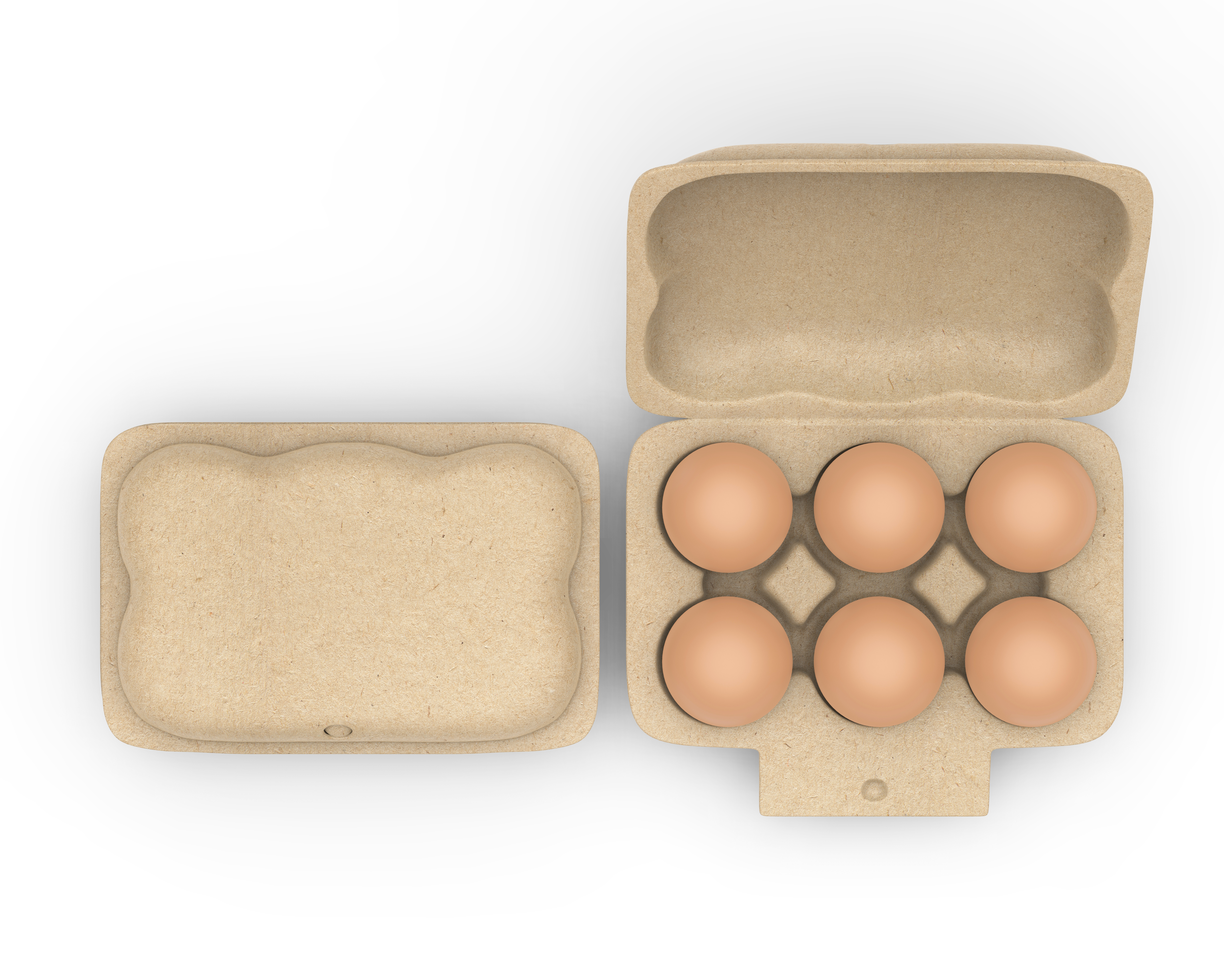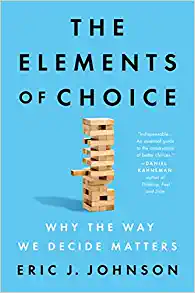Sharing Secrets Makes for Good Blog Marketing
“Knowing the meaning of the three-digit code printed on every egg carton can help you choose a fresher product,” TasteofHome explains. You might think the best way to pick a carton is by checking the grade, size, and expiration date, but Kelsay Mulvery shares a “secret” – look for the Julian date.
Meanwhile, Michele Debczak of Mental Floss magazine, has a “secret” to share with readers as well: The tags or twist ties on bread are color-coded by day of the week, so grocery stores know how long a product’s been sitting on the shelf.
“Some manufacturers claim unrealistically small serving sizes to reduce the amount of calories they have to list on the nutrition label,” coach.nine.com reveals.
These three selections illustrate an important point about blog content writing: Sharing secrets makes for good blog marketing, but those secrets need to be useful to readers. “Find out what they struggle with, and what would make the biggest difference to their bottom line,” wisely advises Rich Brooks on creative-copywriter.net. A powerful secret-sharing manual for magicians, Roberto Giobbi’s Sharing Secrets book teaches “52 powerful concepts that let you learn, practice, and perform them.”
In blog marketing, accentuate the practical, we teach content writers at Say It For You. Go ahead and teach readers “secrets” of how to do what they want to do better, faster, and more economically. Since people like helping one another, offer “secrets” most likely to be shared at the dinner table, across a tennis net, or on the green. Through blog content, business owners and owners and professional practitioners can package their expertise into “secrets”, allowing readers to learn about and value them along with the nuggets of wisdom they’re sharing.
“After all, people are not coming to your blog just to acquire knowledge. They’re dropping by to visit you,” Dean Rieck observes in copyblogger.com. That means revealing a little about yourself, he adds. Most people reveal secrets to those they like and trust, as Jack Schafer, PhD. explains in Psychology Today. In sharing “secrets” in your blog, you’re demonstrating that you like and trust your readers, making it all the more likely they will like and trust you.
Sharing secrets makes for good blog marketing






Follow us online!